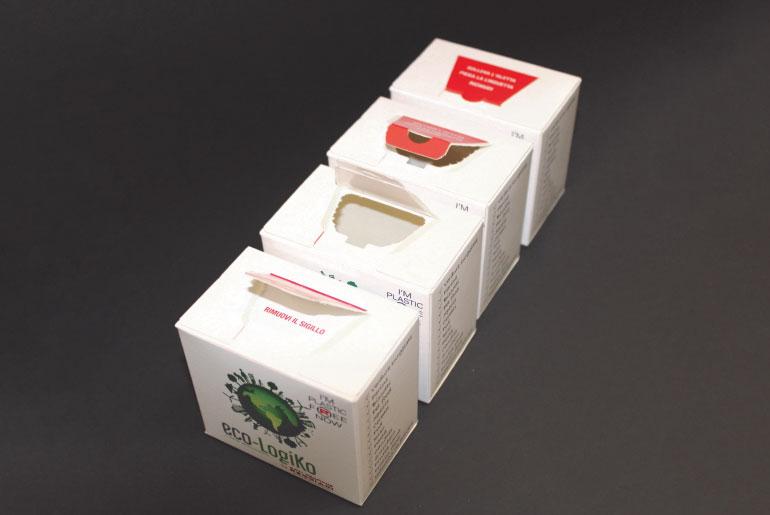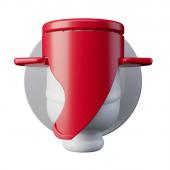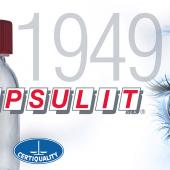Arti Grafiche Reggiani Srl | Best Packaging 2022

Eco - LogiKo
responsible | balanced | safe | informative | contemporary | forward-looking
What it is. A Cardboard box equipped with an anti-tampering opening and closing system. Designed and patented by Arti Grafiche, the packaging with the "open - and - close" system does not require the use of plastic parts, thus facilitating its recovery and disposal, and it is perfectly machinable.
Materials. The elimination of plastic parts will be followed by the modification of the constitutive material of the case. The implementation of biodegradable and sustainable materials is expected in the near future.
Product or target market. eco - LogiKo can be used to contain food (including frozen food), pet food, pharmaceuticals and cosmetics.
Design and/or communication. The solution guarantees the maintenance of the functionality and characteristics of the contained product, regardless of shape and size. The message of eco - LogiKo is coherent, since the product of a sustainable supply chain (especially agri-food) must be proposed inside a sustainable packaging, able to preserve the hygienic and sanitary safety of food, but also to offer a limited environmental impact and to promote positive changes in the community, supporting transparency, communication and responsible consumption.
Technology. The innovation lies in the total elimination of plastic, while the product function remains unchanged. The simplification of the packaging system itself promotes recycling activities, transport optimization, cost containment and environmental impact measured through LCA.
Sustainability. In terms of life cycle analysis, this enables a comparison of environmental performance based on the elimination of the plastic part. The impact on the supply chain has been assessed by considering an annual production of 15,000,000 cartons, featuring a single client among the leaders in the frozen food segment. It has been calculated that the use of the eco - Logiko carton allows, first of all, the elimination of the plastic cap, for a total of about 49 tons of polypropylene saved. Secondly, the new design leads to optimization of palletizing, with an increase of 4.5% of cartons transported and, therefore, of product per unit of transport volume. Per year, this translates into an avoided impact of about 150 tons of CO2 equivalent. The extension of the solution to the entire frozen food market would lead to significant savings in environmental and economic terms, without burdening the supply chain in terms of changes to production plants.




















